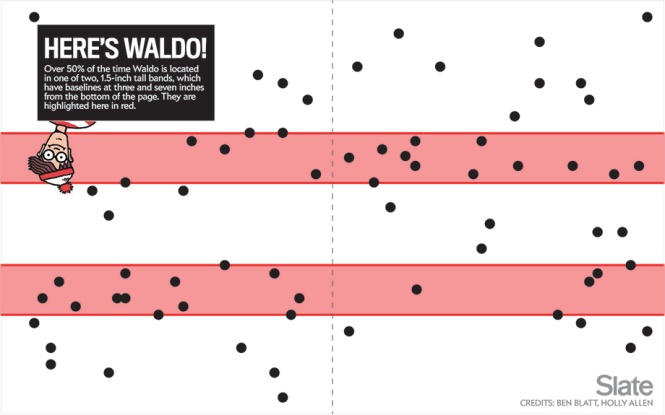Writing in The New Yorker, Amy Merrick profiles the origin of “Black Friday”:
Beginning in the nineteen-thirties, thousands of fans thronged Philadelphia’s Municipal Stadium for the Army-Navy football game. As festive as the mood was inside the stadium, it wasn’t nearly so cheerful for the Philadelphia police officers who had to herd the crowds. The game was frequently held on the Saturday after Thanksgiving, and just as visiting fans were showing up the day before, holiday shoppers also would descend on downtown. On those Fridays after Thanksgiving, the late Joseph P. Barrett, a longtime reporter for the Philadelphia Bulletin, recalled, even members of the police band were called upon to direct traffic. The cops nicknamed the day of gridlock Black Friday, and soon others started to do the same.
Retailers worried the phrase would scare people away. A few weeks after the 1961 game, which President John F. Kennedy had attended, the P.R. pioneer Denny Griswold described in her industry newsletter, Public Relations News, the efforts by Philadelphia merchants and city officials to rebrand the day Big Friday, in reference to the start of the holiday shopping season. (“The media coöperated,” Griswold wrote.) Big Friday didn’t stick, but the idea behind it did, in Philadelphia and, eventually, beyond. A few decades later, when the term came to describe a day when retailers’ ledgers shifted “into the black” for the year—a connotation also pushed by marketers—people assumed that had always been the connotation.
How is your Black Friday shopping going? Or is it?
